Medieval England often conjures up images of knights in shining armor, grand castles, and lively markets, but the truth of life during this time was far more intricate—and much stranger. The Middle Ages were a period defined by extraordinary challenges, resourceful solutions, and traditions that seem almost alien to us today. While history tends to spotlight kings and queens, it was the ordinary people who truly shaped daily life. From unconventional remedies for illness to unexpected culinary habits, the medieval world was a patchwork of the ingenious, the bizarre, and the surprisingly relatable. These ten facts peel back the layers of myth to reveal just how fascinating and peculiar life in medieval England really was.
Most People Ate Bread, But It Was Far From Basic
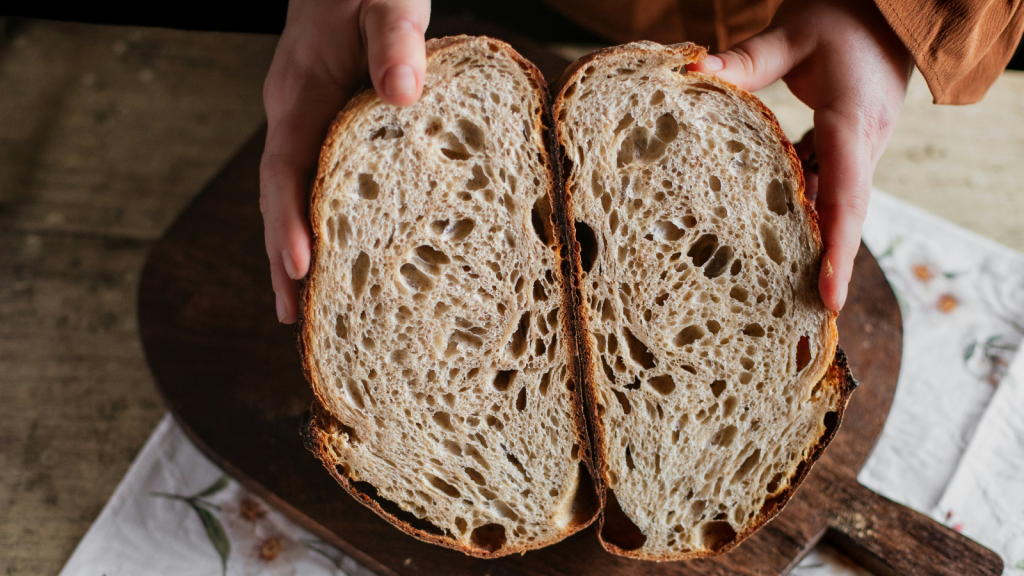
Bread was the staple food for medieval people, but it came in many forms depending on your social status. Poorer folks ate coarse, dark bread made from barley or rye, which could be tough to chew and full of grit from poorly ground flour. Wealthy people, on the other hand, enjoyed fine white bread called “manchet,” made from sifted wheat flour. Bread was so essential that the quality of loaves was strictly regulated by local laws to prevent cheating.
Toilets Were Primitive but Ingenious
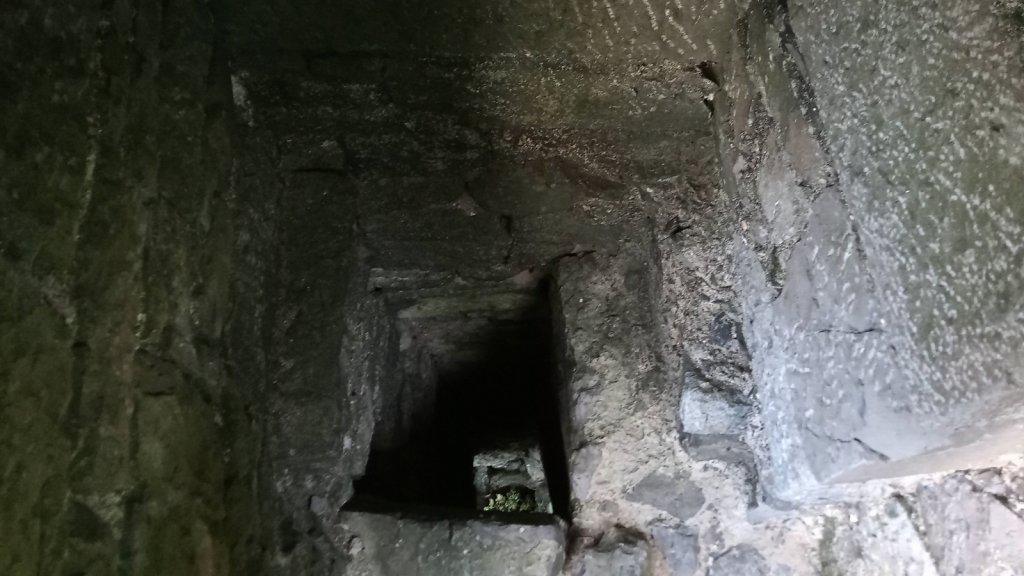
Forget about modern plumbing—medieval toilets were surprisingly creative. In castles, “garderobes” were small rooms where waste dropped into a pit or even directly into a moat. People often used moss or leaves as toilet paper. Commoners made do with pits or communal latrines. Despite the simplicity, these waste systems were sometimes ahead of their time, as many towns had rules to keep streets clean and prevent waste from piling up.
Beer Was Safer to Drink Than Water

During the Middle Ages, water sources were often contaminated, leading to serious illnesses. Beer became the go-to drink because the brewing process killed harmful bacteria. Even children drank “small beer,” a weaker version with a low alcohol content. Brewing was a common household activity, and women, known as “alewives,” often managed the production of beer for their families or communities.
The Church Controlled Time
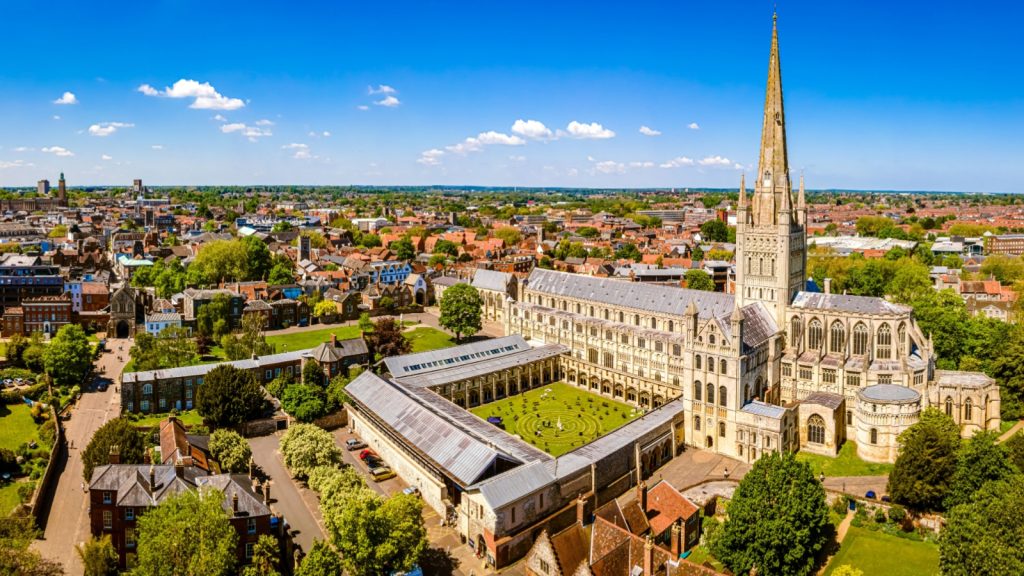
In medieval England, your entire day revolved around the church. Monasteries rang bells, called “canonical hours,” to signal prayer times, which also structured work schedules for everyone. This system helped regulate life in an era before clocks were common. The church also dictated holidays and periods of fasting, which influenced everything from food availability to work routines.
Medicine Was a Mix of Superstition and Science
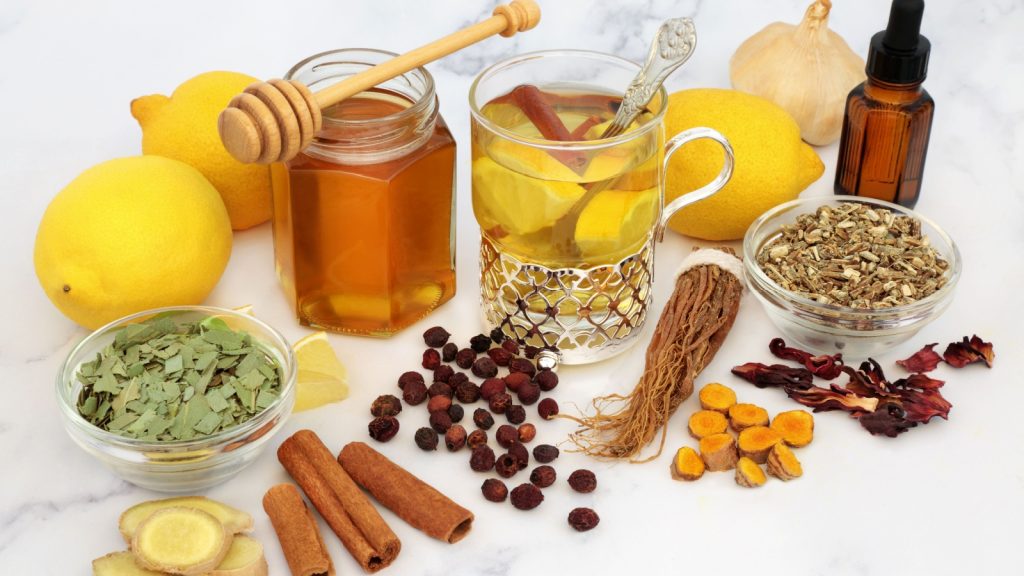
Medical knowledge in medieval times was a blend of ancient Greek theories, herbal remedies, and religious practices. Bloodletting was a popular treatment for many illnesses, based on the belief in balancing bodily “humors.” At the same time, people relied on local herbalists for natural cures and turned to prayers or pilgrimages for spiritual healing. While much of it seems unscientific by today’s standards, some treatments, like using honey to dress wounds, were surprisingly effective.
Laws Were Harsh and Creative
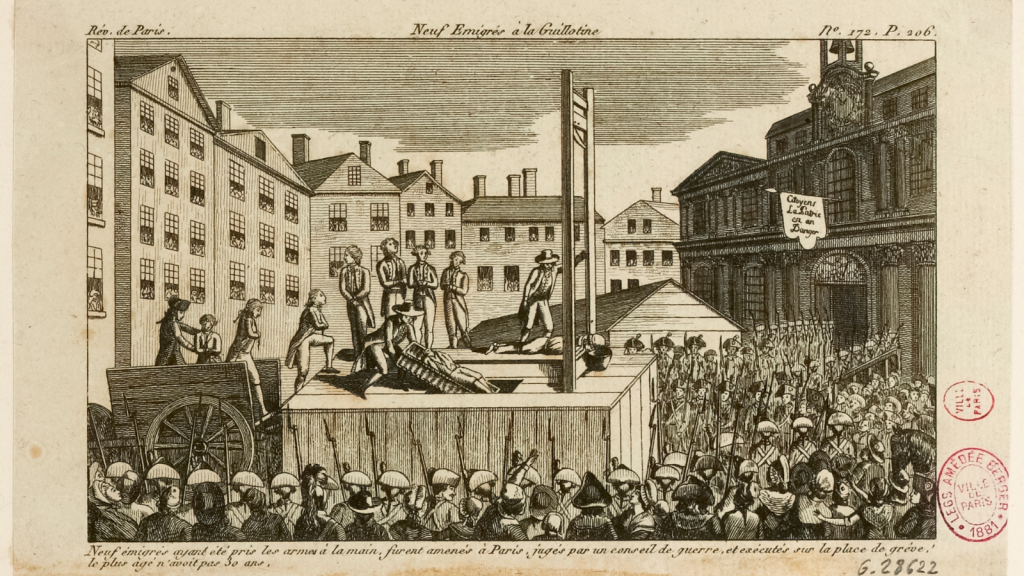
Punishments in medieval England were often brutal and designed to deter crime. Theft could lead to mutilation, such as cutting off a hand, while more severe crimes like treason often ended in execution. But there were also inventive punishments, like the “ducking stool” for scolding women or public shaming in stocks. Some towns even held mock trials for animals accused of causing harm!
Clothing Was Full of Hidden Messages

The way people dressed in medieval England said a lot about their status and profession. Sumptuary laws controlled who could wear certain colors, fabrics, or styles, ensuring that only the wealthy had access to luxurious materials like silk. For instance, red and purple dyes were especially expensive, so wearing those colors was a bold statement of wealth and power.
Villages Had a Strange Way of Choosing Leaders

In some medieval villages, leaders like the “reeve” or village headman weren’t chosen by vote. Instead, they were picked by a rotation system or sometimes drawn by lot, ensuring every family took their turn at leadership. These positions could be a burden rather than an honor, as leaders had to manage disputes, oversee farming duties, and answer to the local lord.
Hygiene Was Better Than You’d Think

While medieval people didn’t have hot showers, they valued cleanliness more than we often assume. Bathhouses were common in towns, where people could bathe in shared tubs. Wealthier households even had wooden tubs for private bathing. People washed their hands and faces regularly, especially before meals, and used herbs like lavender to scent their clothes and homes.
Peasants Had Surprising Freedoms

Though life was hard for peasants, they weren’t always the helpless serfs we picture. Many were free tenants who rented land and worked for themselves. Even serfs had rights, like the ability to farm a small plot of land for their families. During festivals and holy days, peasants took part in celebrations, enjoyed feasts, and even drank with their lords. Over time, many serfs gained freedom through agreements or buying their way out of feudal obligations.
Ellen has been obsessed with logic puzzles, jigsaws, and cryptograms since she was a kid. After learning she was taught how to play chess wrong by a family friend (so they could win), she joined her school chess club and the rest is history.


